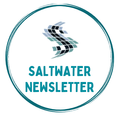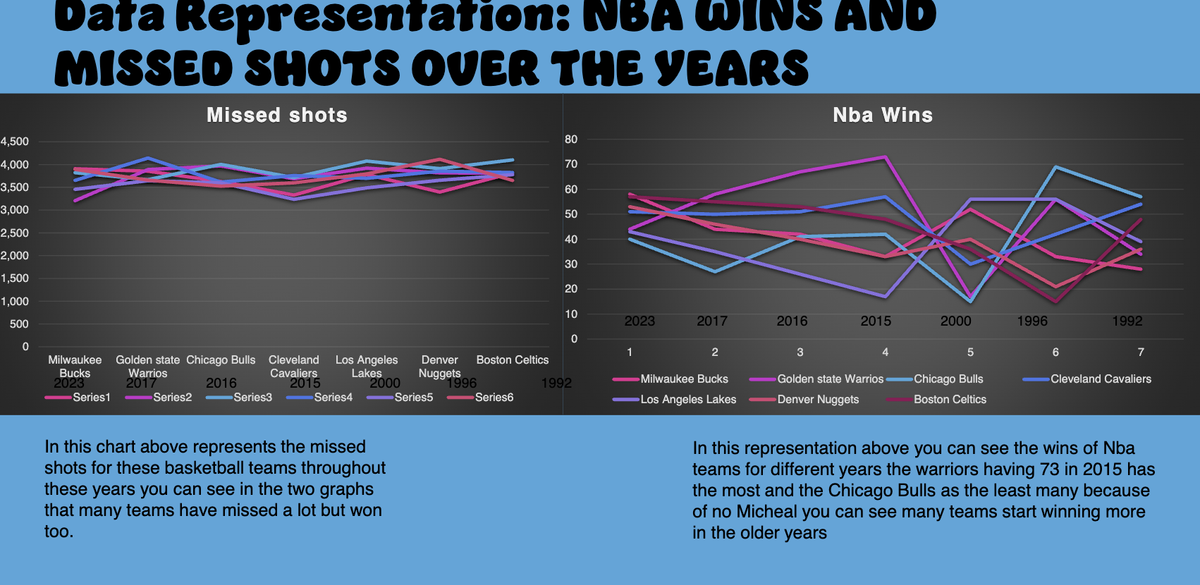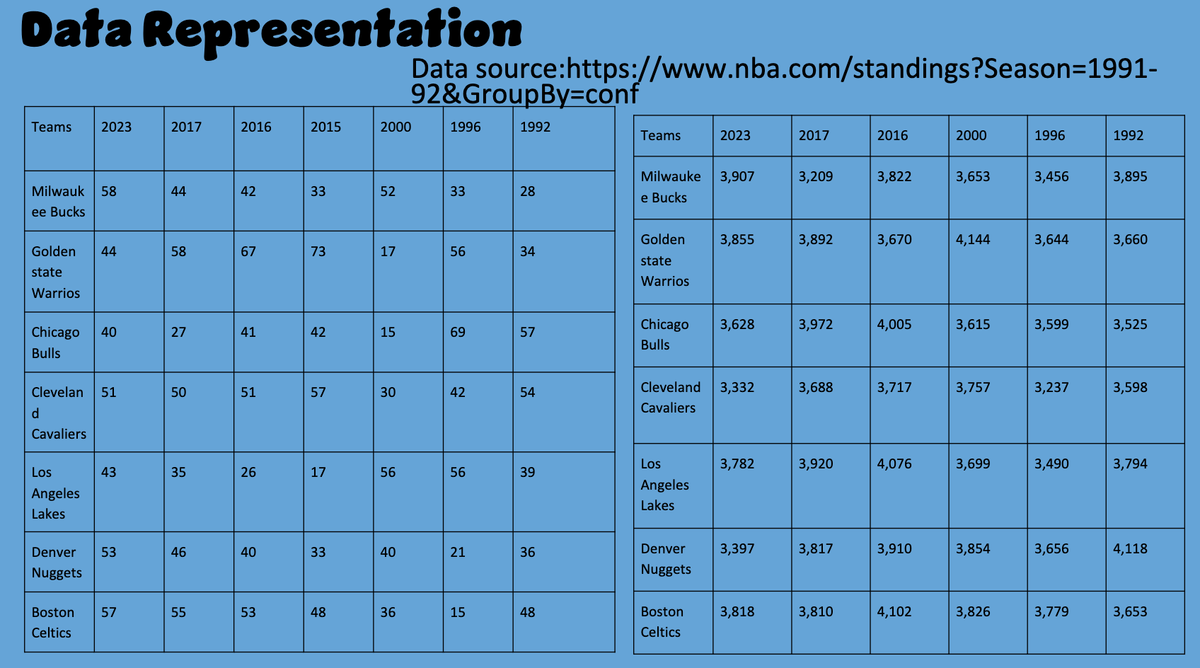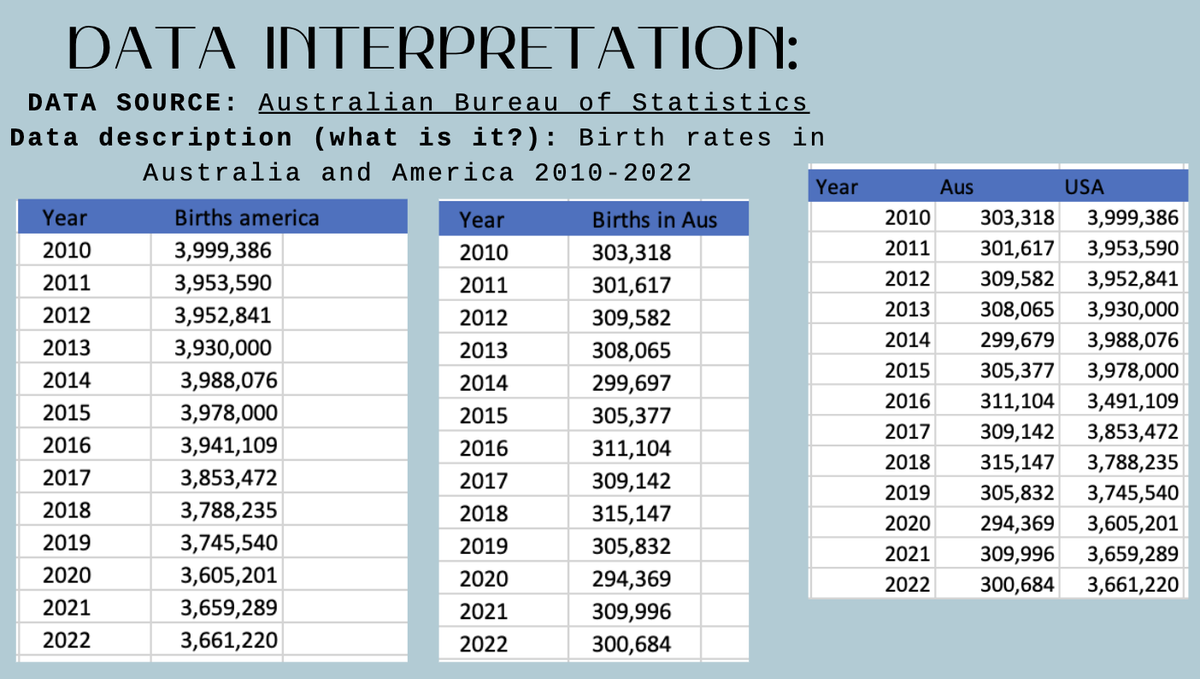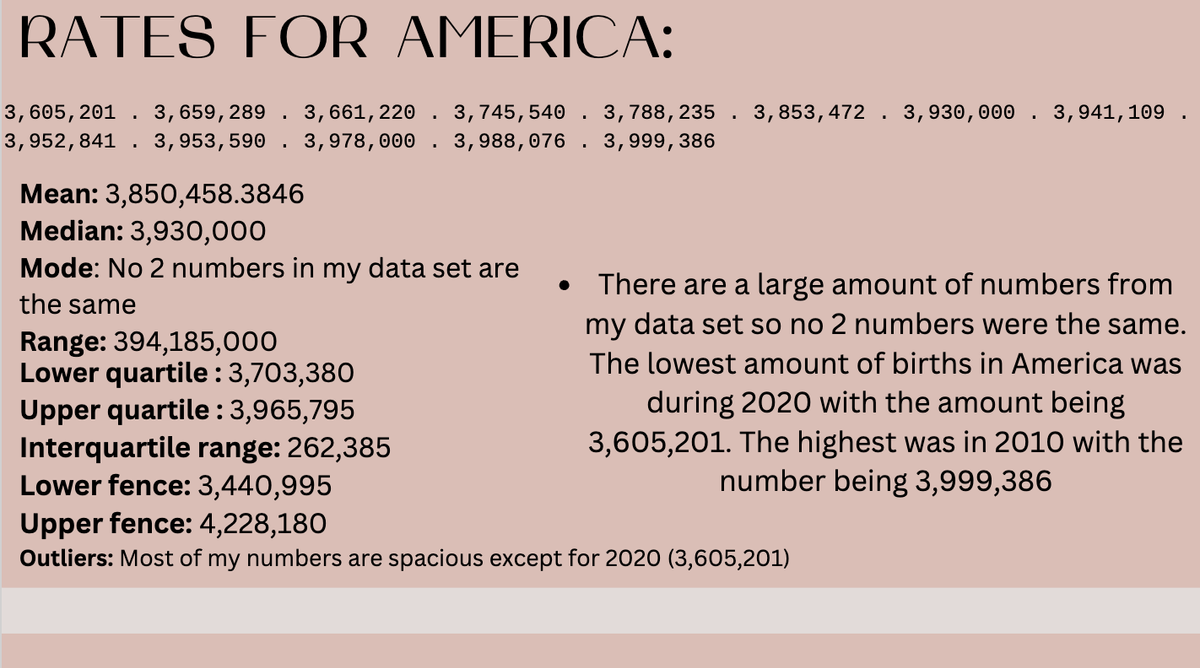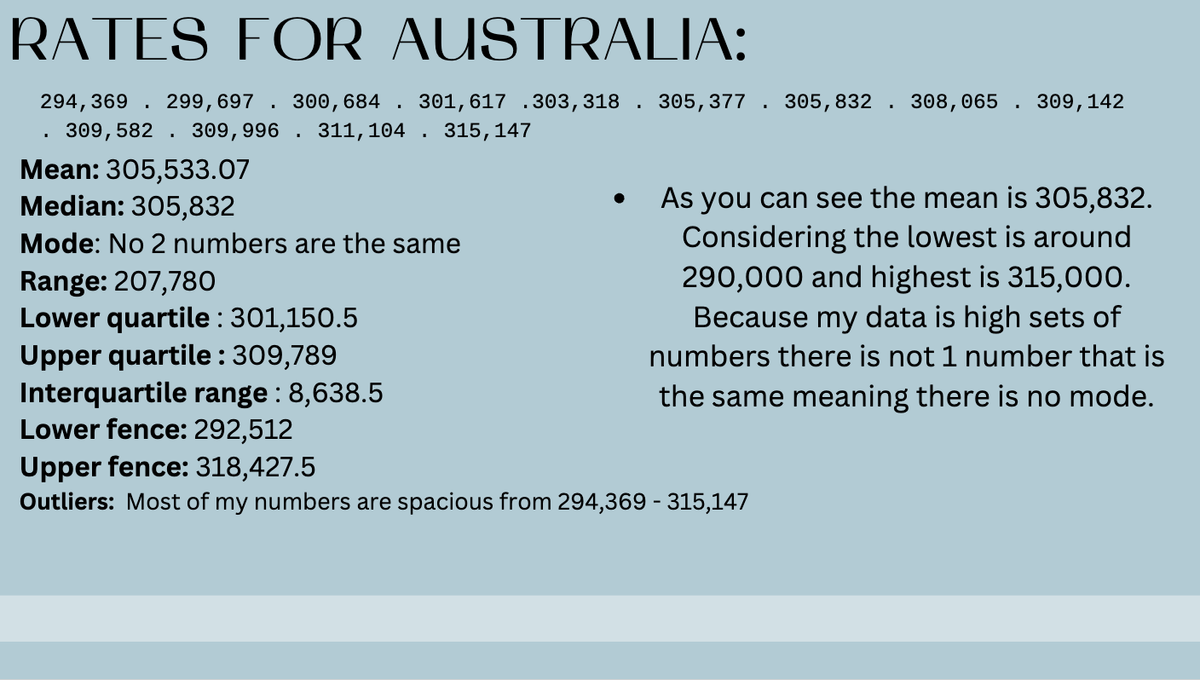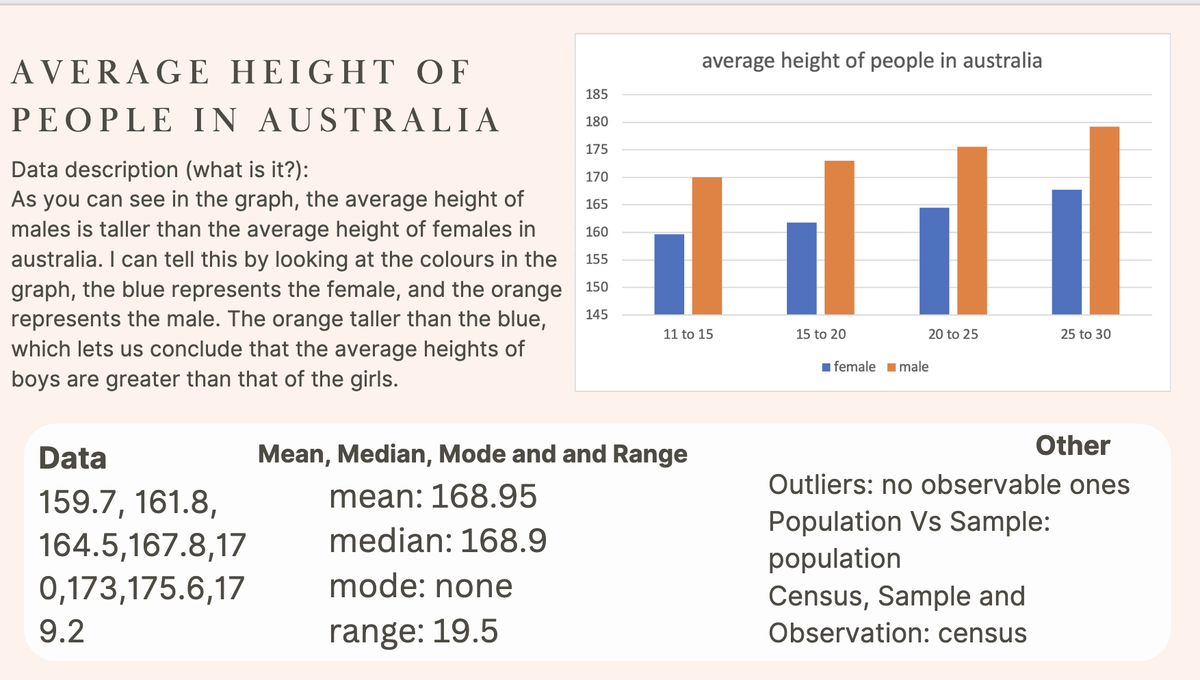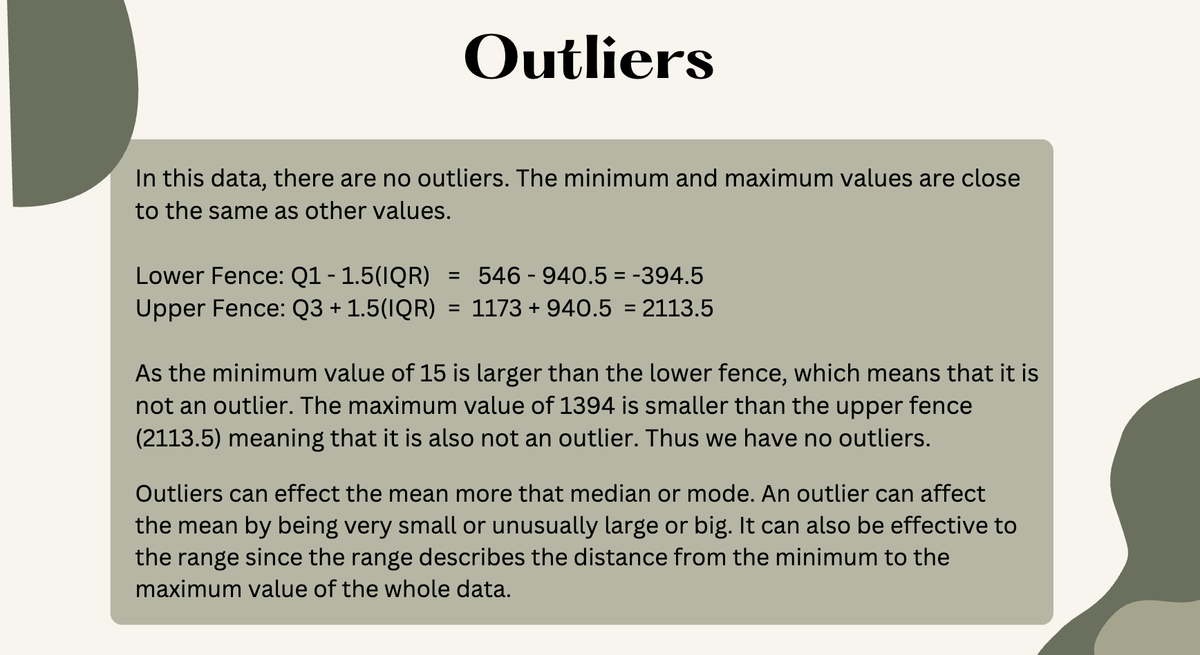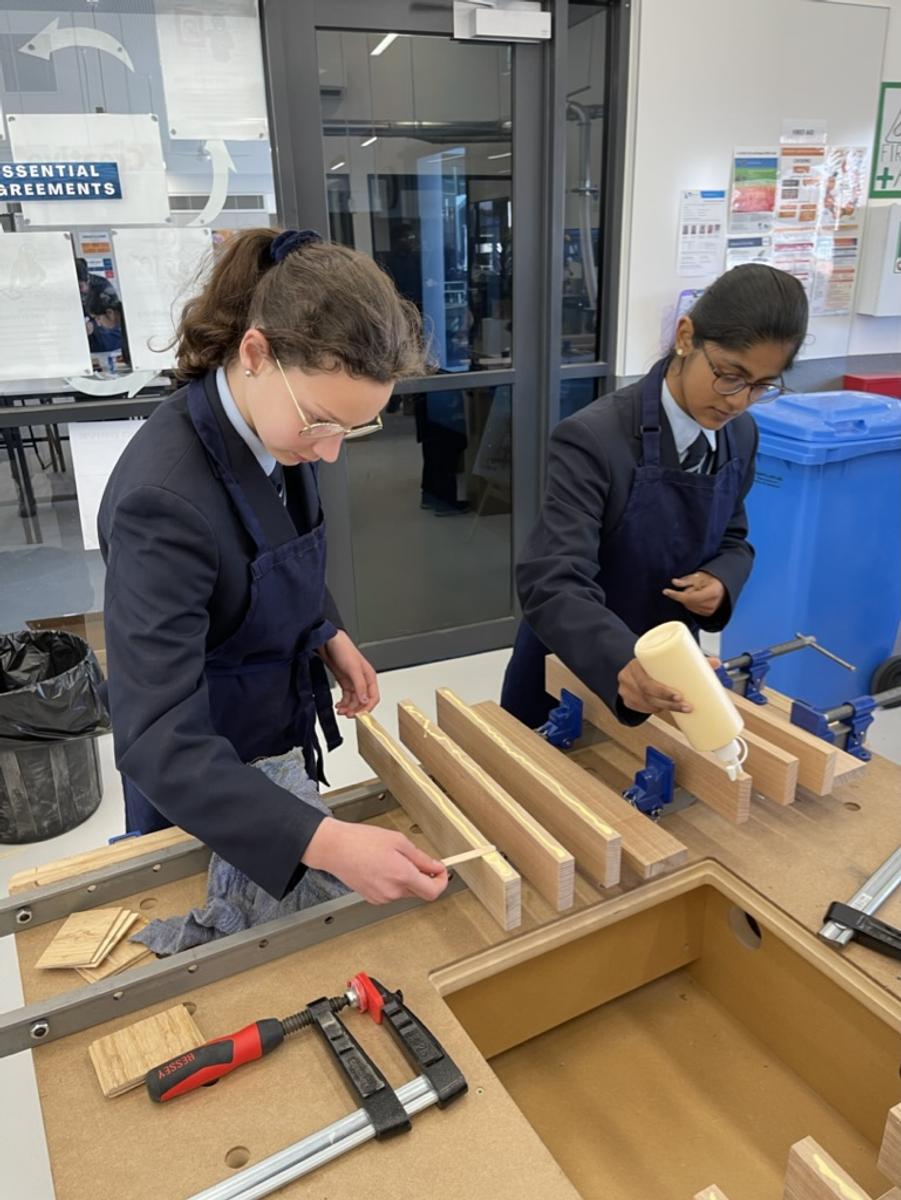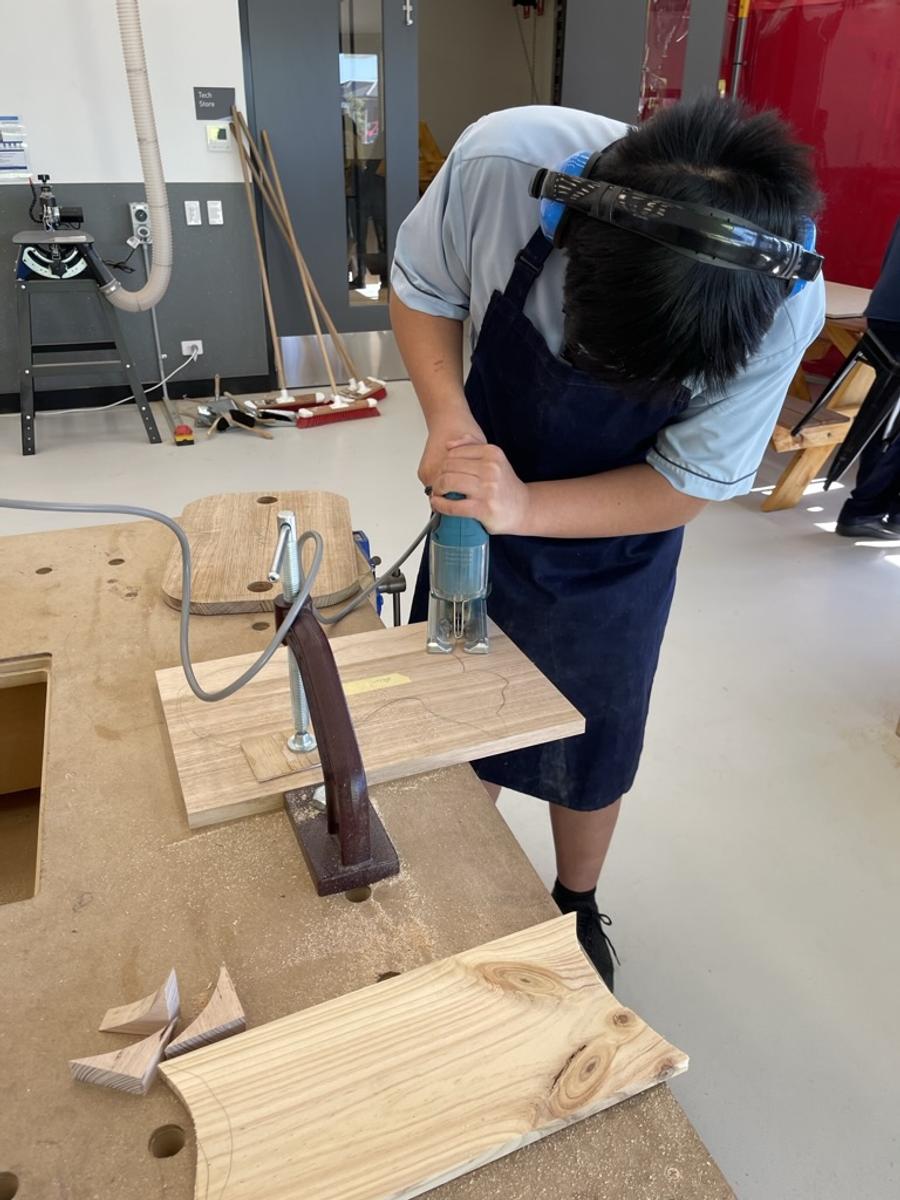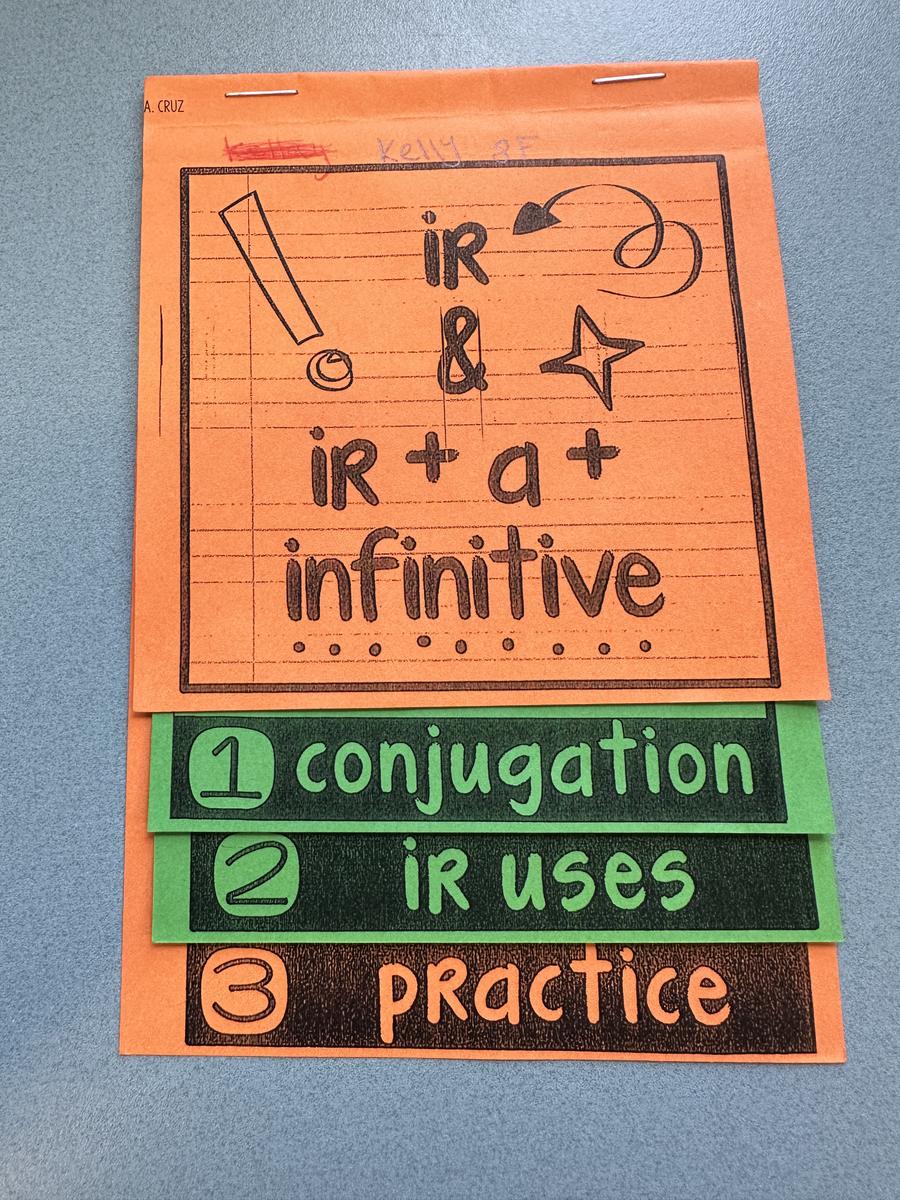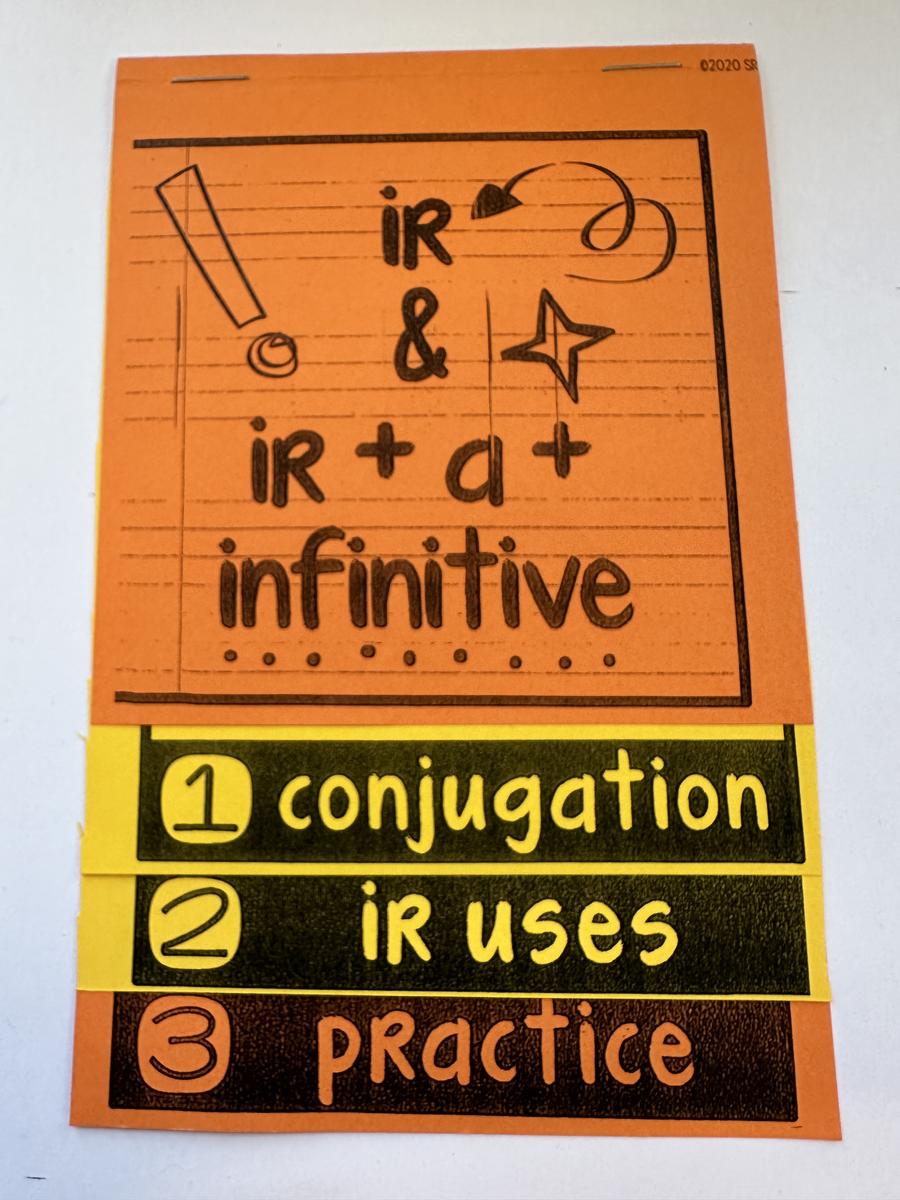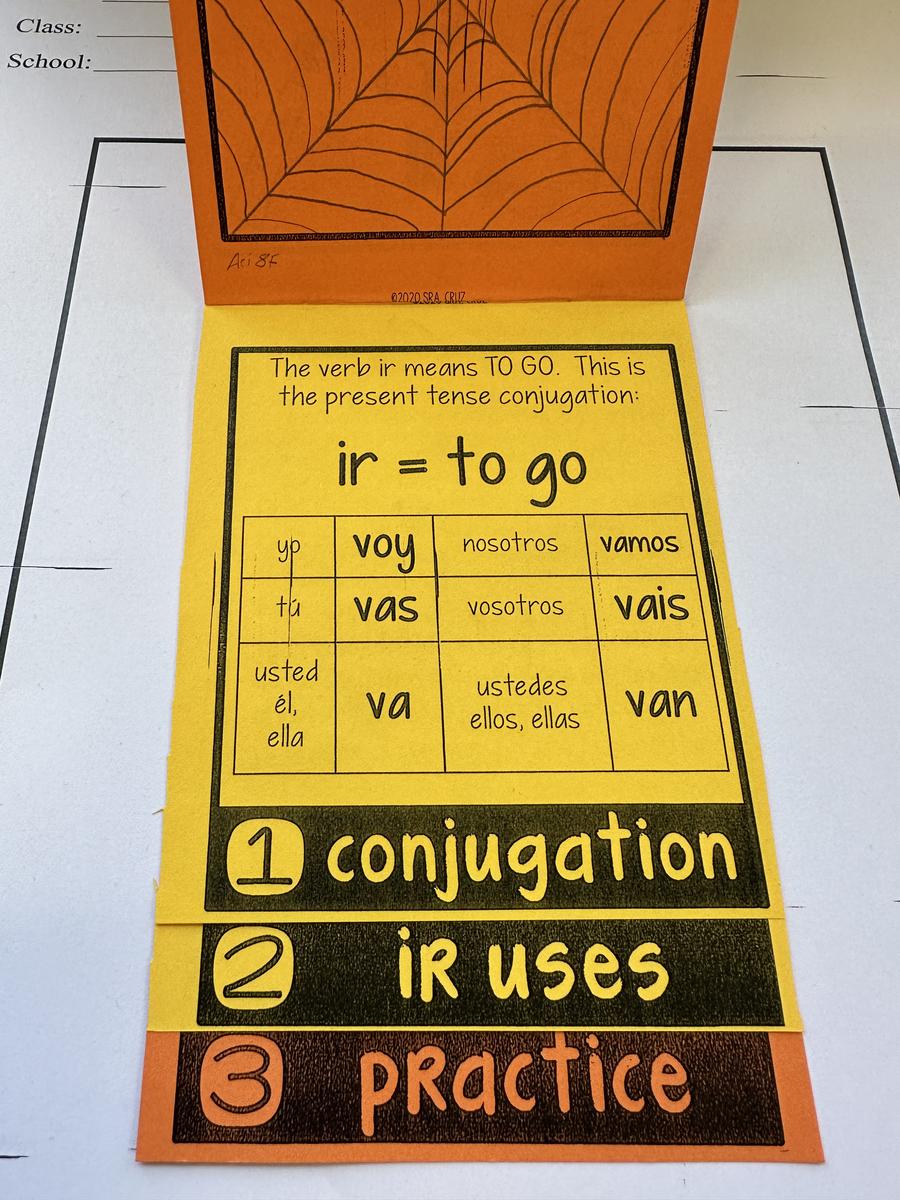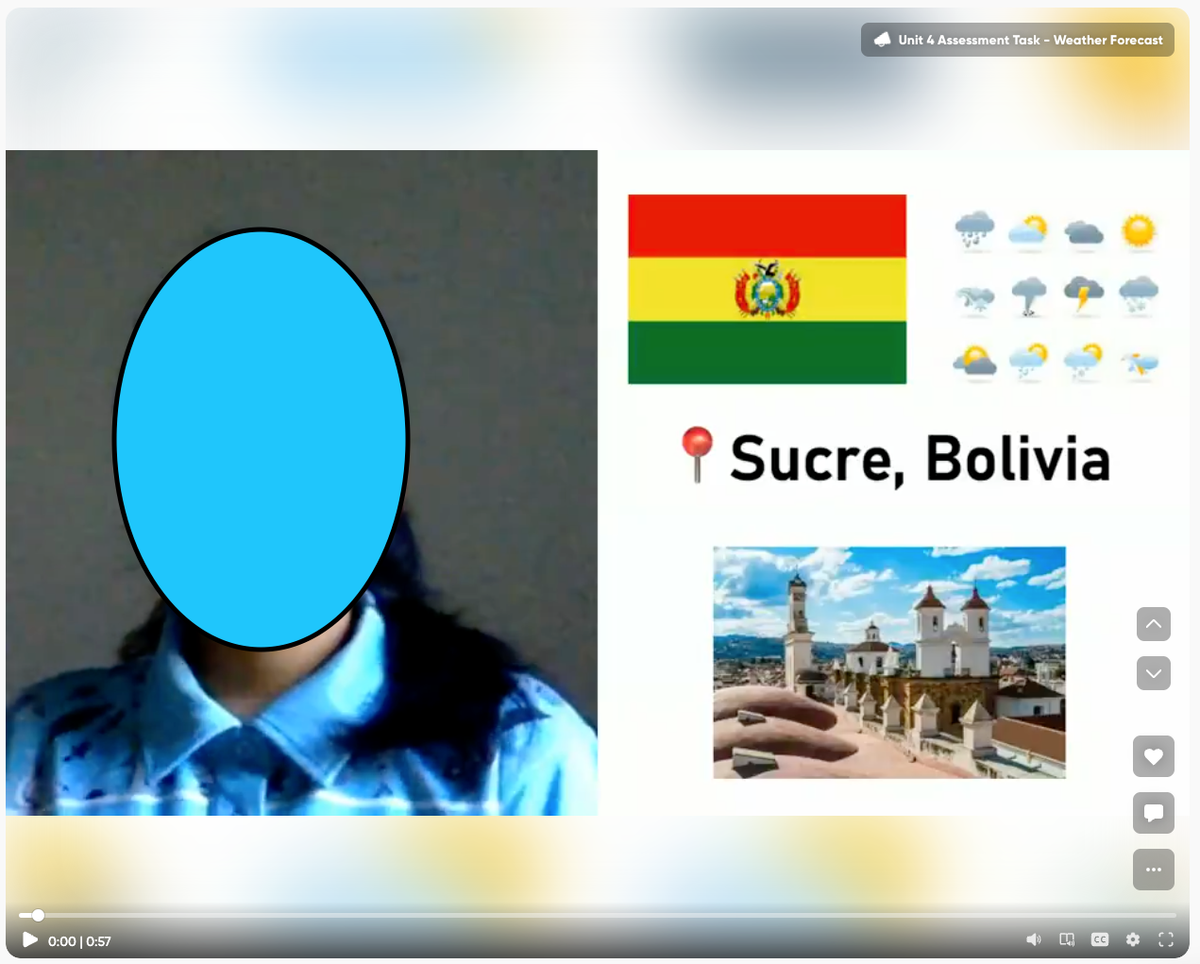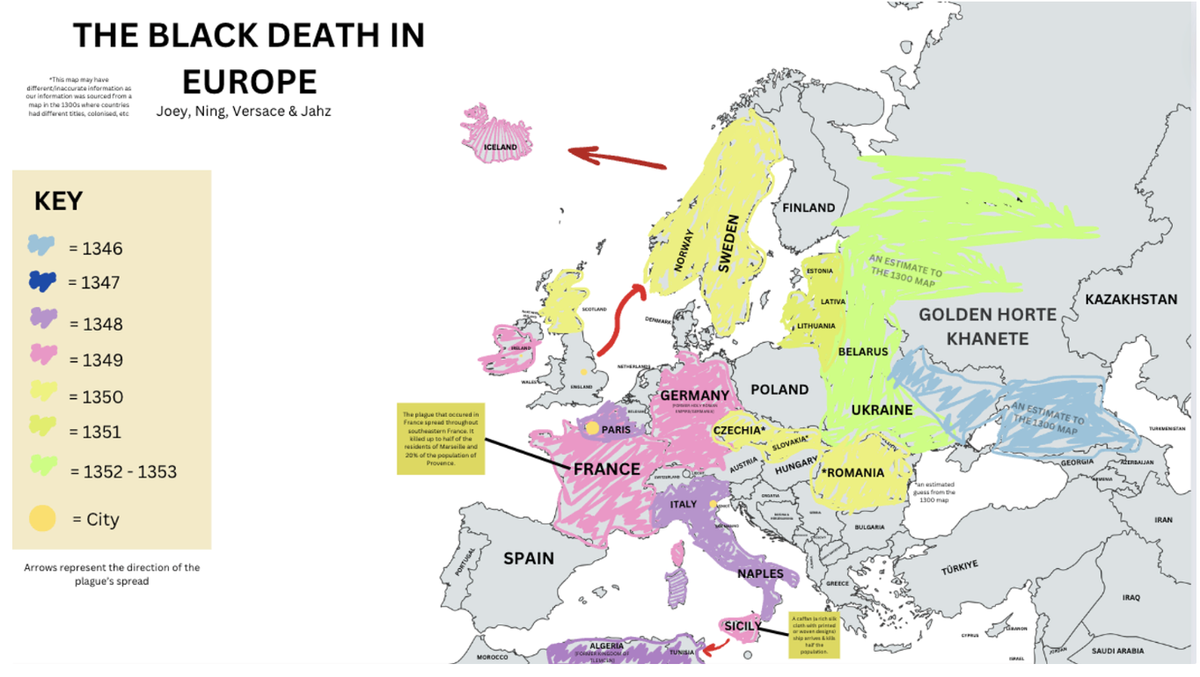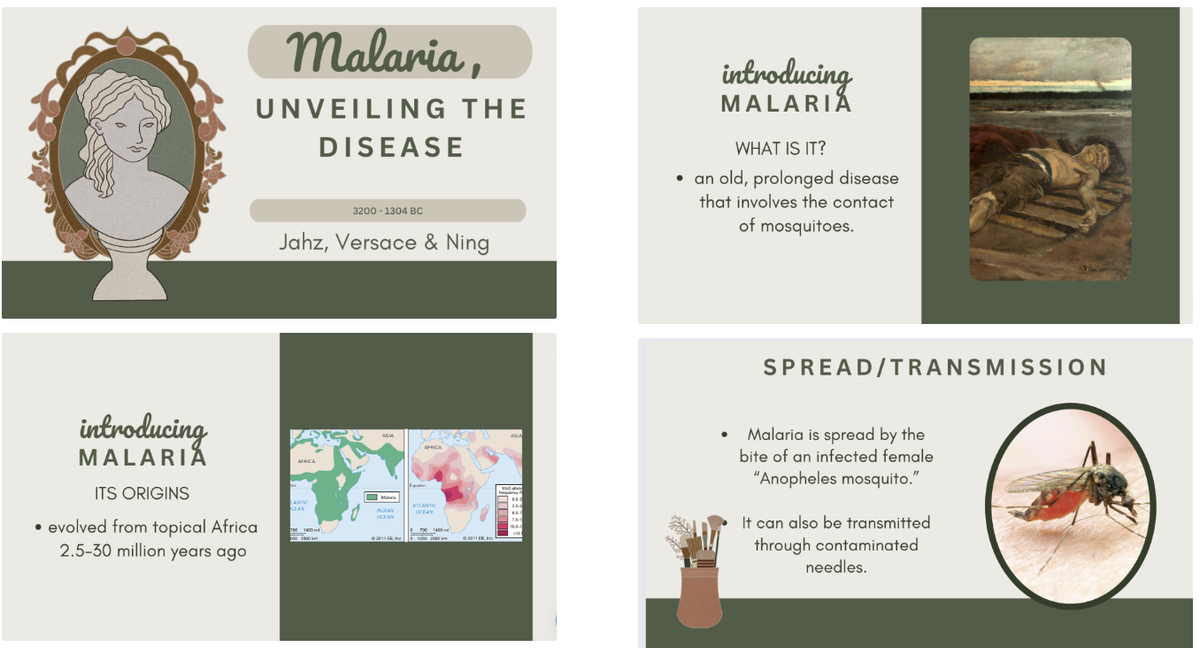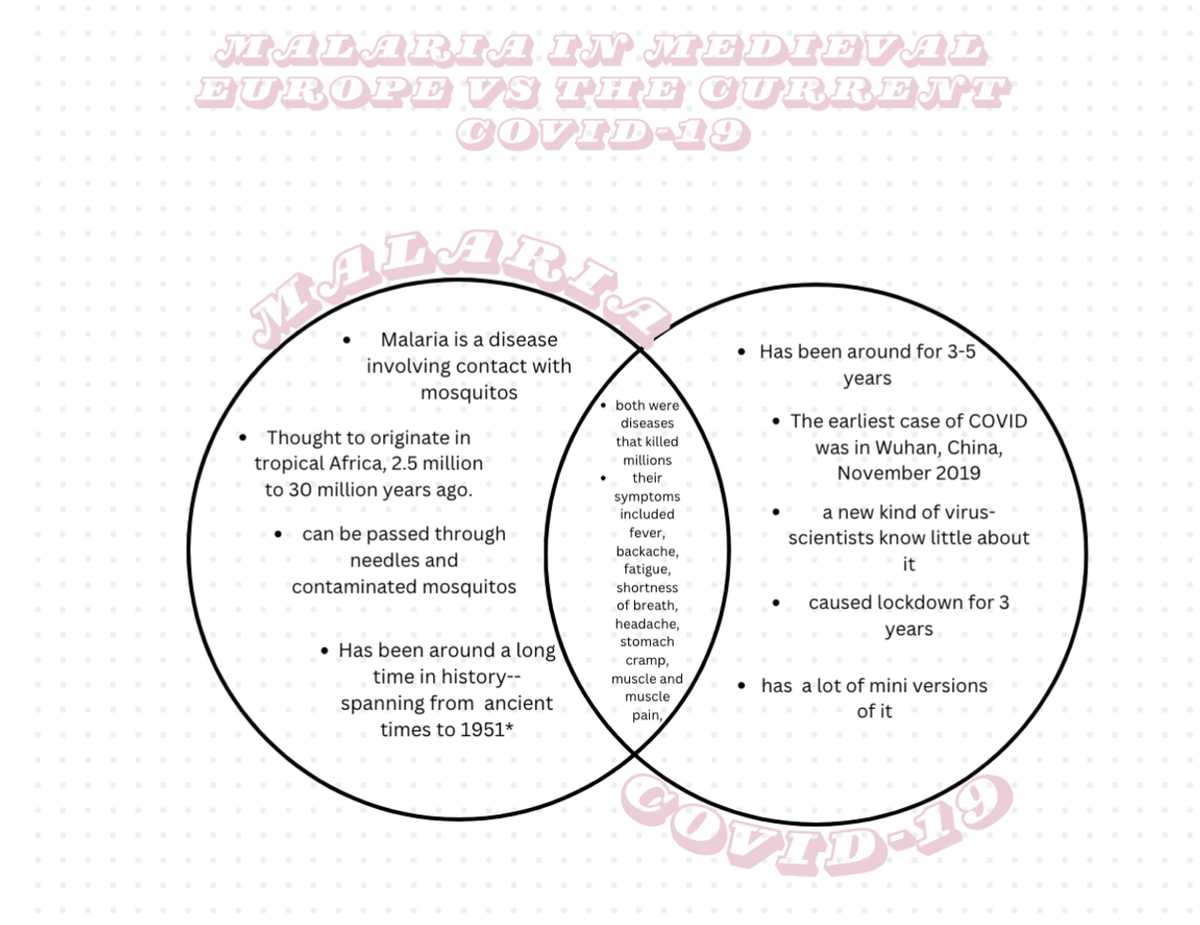Year Eight

Mathematics
In Year Eight Mathematics, we have completed our work on data representation and interpretation, with students completing a project to showcase their understanding of data concepts. Students were encouraged to explore more advanced concepts around interquartile range and ways to use and interpret box and whisker plots.
Recently, students have continued to challenge themselves in Number and Algebra, where we have explored linear and non-linear relationships. Students have been introduced to linear equations and how to balance and solve simple and complex equations by focusing on inverse operations.
In the coming weeks, students will apply this knowledge to solve linear equations using graphical techniques and plot linear relationships on the Cartesian plane. We will be extending our students by finding the distance between two points located on a Cartesian plane and locate the mid-point and gradient of a line segment.
During one session each week, we will be continuing to implement lessons through the LED (Launch, Explore, Discuss) instructional model, where students will participate in problem solving questions that encourage thinking, risk-taking and allow our students to apply their mathematical thinking in a variety of ways.
Wood Technology
Over the course of the Term, Year Eight students have been busy working their way through the various stages of the Design Cycle and creating their final designed solution, the Wireless Charging Side Table. Students were provided a design brief, which outlined the need for the Side Table, determined the purpose behind creating the solution, and outlined the constraints and considerations before beginning the construction process.
With this information, they then began to implement the Safe Operating Procedures of the Tenon Saw to cut Mitre Joints into the legs of the table, used the Bevelled Edge Chisel to create a Cross Lap Joint to assist in the stability of the table and laminated their table tops together with glue and sash clam
In the remaining weeks of the term, the Students will apply finishing techniques to their table such as, wood filler, sanding and oiling to complete their table.
Spanish
Recently in Spanish classes, the Year Eight's have been learning how to conjugate the near future tense. Students have combined this new tense with transport vocabulary from this Unit, as well as vocabulary from previous units such as leisure activities.
Students created a flip book resource to help them practice using the near future tense. These physical resources are a great tool that students can continue to use to support their use of this new tense.
For their mid-term summative assessment task, students were asked to create a weather forecast for a Spanish-speaking city or country. Many students used Flipgrid to create their videos, while others used PowerPoint or Keynote.
"So far in Spanish, we have learned about the future tense. We played Quizziz which was very fun and we enjoyed learning Spanish." - Czar and Neil
"In Spanish, we have been learning about the near future. Learning how to conjugate verbs and put them in sentences. We enjoy Spanish because we get to learn new things with another culture and understand how different their language is to ours." - Savannah and Georgia
Humanities
The following has been shared by students in Year Eight Humanities:
In Term Four, we considered perspective and empathy when studying history so that we can better understand the motivations of civilisations in the past.
We worked on different tasks to examine the differences between modern times, and both the past, and possible future interpretations of events from modern times. We understood the perspectives of people in the past through exploring their points of view and values, and understood the motivations of the people in history and how those motivations shaped their societies.
We then explored disease in the Middle Ages- we worked in groups on a specific disease that
had a significant impact on Medieval Europe, such as smallpox, or leprosy.
We researched our disease, including its symptoms, mode of transmission, and the social and economic consequences it
had on Medieval Europe.
Additionally, in groups, we made a map- that contained information on the Bubonic plaque’s spread, where it spread to and when it spread, and added annotations or information bubbles explaining key reasons or events in relation to the spread.
Lastly, we worked on a brochure obtaining information about how to survive or cure the Bubonic plague; including tips and safety precautions, and based our suggestions on what people knew or believed at that time.
- Versace, Ning & Jahz, 8E
11th Annual Kids Conference
On Tuesday, 21st of November, Year Eight Students went to the 11th Annual Kid’s Conference at Melbourne University. There were many different presentations, varying from the different perspectives on how gender is viewed in Greek Mythology, to how to create sustainable green spaces for people in the Melbourne city area. There were many things to learn from this experience, including how to engage the audience in ways like giving samples, using tone, etc. It was also a chance for us to see how universities work and how it feels to be on campus. We hope that Saltwater is invited to the 12th Annual Kid’s Conference, as we feel that we could be presenting new, bright ideas too.
- Chris Kim, 8A
Visual Communications
Our Year Eight Visual Communications Students ventured to the Werribee Mansion for a day filled with inspiration and hands-on learning. Located in the heart of Werribee Park, the Mansion provided the perfect backdrop for our students to explore the exterior and interior, to create a solid body of work.
In addition to their commitment to the subject, we commend the Year Eight Visual Communications class for their exemplary behaviour during the Werribee Mansion excursion. The positive attitude, respect, and enthusiasm demonstrated by our students were truly commendable. They not only represented themselves well but also reflected the values of our school community.
We look forward to the exemplar work students will produce in their final year portfolios.
